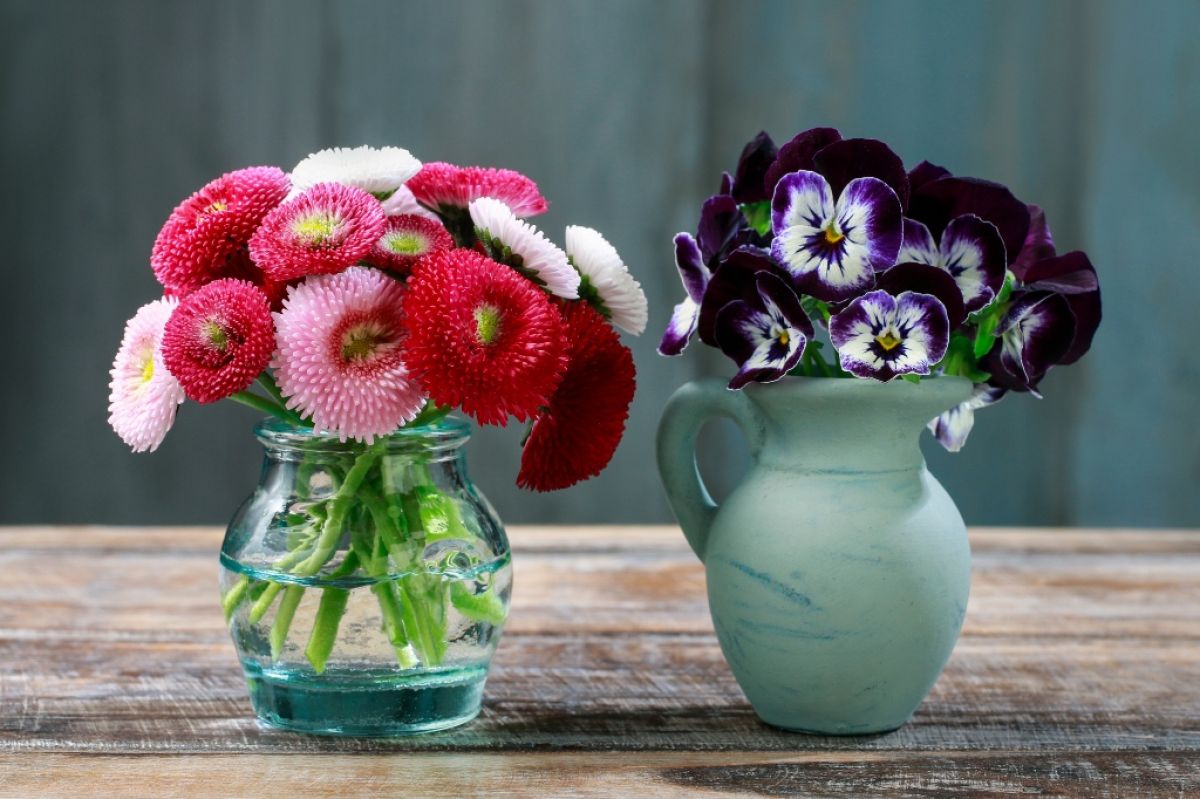Flowers mean different things to different people. Some of us love them with a passion and others may think it is too much work to change the water in a vase.
During the time when young women in wealthy families were closely chaperoned, flowers were used as a code to send messages between lovers. The craze first started in France and then spread throughout Europe and was especially popular in England in Victorian times from about 1820-1880 and even spread to the American colonies.
In the early 1700s Lady Montague, the wife of the English Ambassador to Constantinople, learned about what seemed to be the first “language of flowers” in harems in Turkey, which is thought to be how it then became popular in Europe. Each flower had a specific meaning and the arrangement of the flowers, where they were worn on the body, and the specific color were some of the aspects interpreted by the viewer.
For example, pansies meant thoughts or thinking of you, and bluebells signified constancy. A bunch of roses signaled "See you at one o'clock," but a bunch of heliotropes meant two o'clock.
Since there were no cell phones, this flower code allowed sweethearts to make their feelings known yet hide them from vigilant chaperones. The florists made money and young people undoubtedly had a lot of innocent fun.
This is Moya Andrews, and today be focused on the language of flowers.










